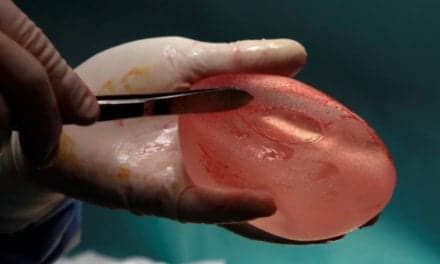A new press release published by the International Society of Aesthetic Plastic Surgery (ISAPS) presents the society’s policy statement regarding the rise in cosmetic medical tourism and its impact on the patient-doctor relationship. Medical tourism is endangering many who seek low cost surgery, the society argues .
That the organization is both protecting its members, most of whom only work on domestic customers, and seeks to sell a range of insurances may make their views less than impartial, according to a report by the International Medical Travel Journal.
Catherine Foss of ISAPS says, "We see travel agencies brokering surgery for their clients with surgeons they have never met. The patients have no assurance that their surgeon is properly trained or qualified to perform the procedure they will undergo, and all too often little attention is paid to post-surgical care. Complication rates for surgeries performed under these circumstances are alarming.”
The patient safety diamond devised by ISAPS in 2010 bases the concept of safe surgery on four factors: the patient, the surgeon, the procedure, and the facility.
The patient should be a good candidate for the requested surgery.
The surgeon must be properly trained and credentialed.
The procedure should be appropriate for the patient.
The surgical facility should be an accredited and a proven safe venue with properly trained staff and emergency preparedness. The World Health Organization (WHO) introduced a safe surgery saves lives initiative with a surgical safety checklist that ISAPS endorses.
"There is a misconception that any doctor can safely perform any surgical procedure,"says Foss. "Legislation around the world is changing to reflect a growing concern that patients are being treated surgically by incompetent and untrained individuals who may not even be doctors. Several countries including Italy, Russia, Mexico, Colombia, and Canada are leading the way with new regulations controlling who can perform what specific procedure on which patients and in what facility."
More.
[Source: ISAPS/International Medical Travel Journal]


